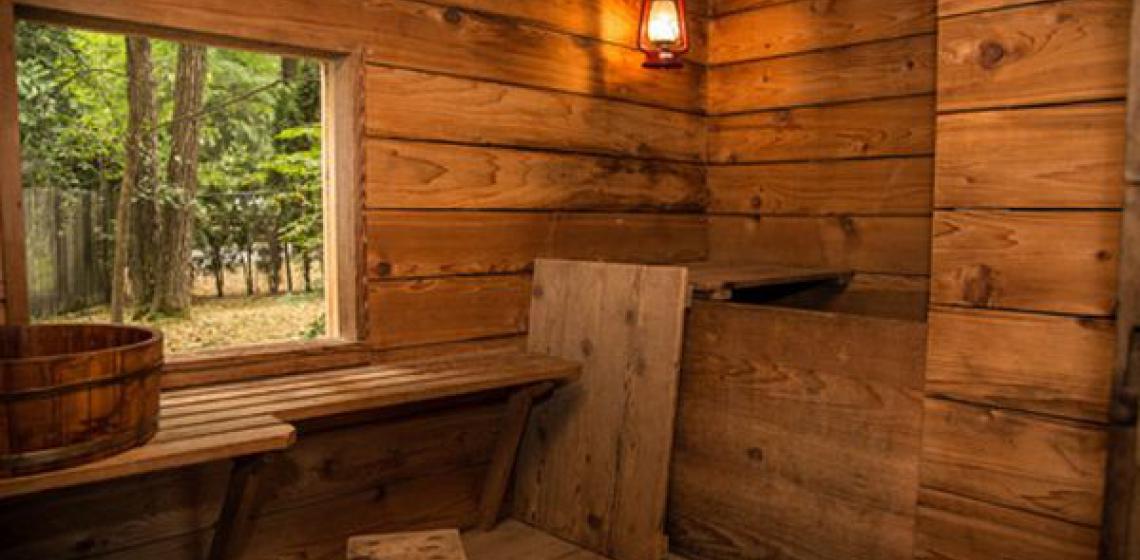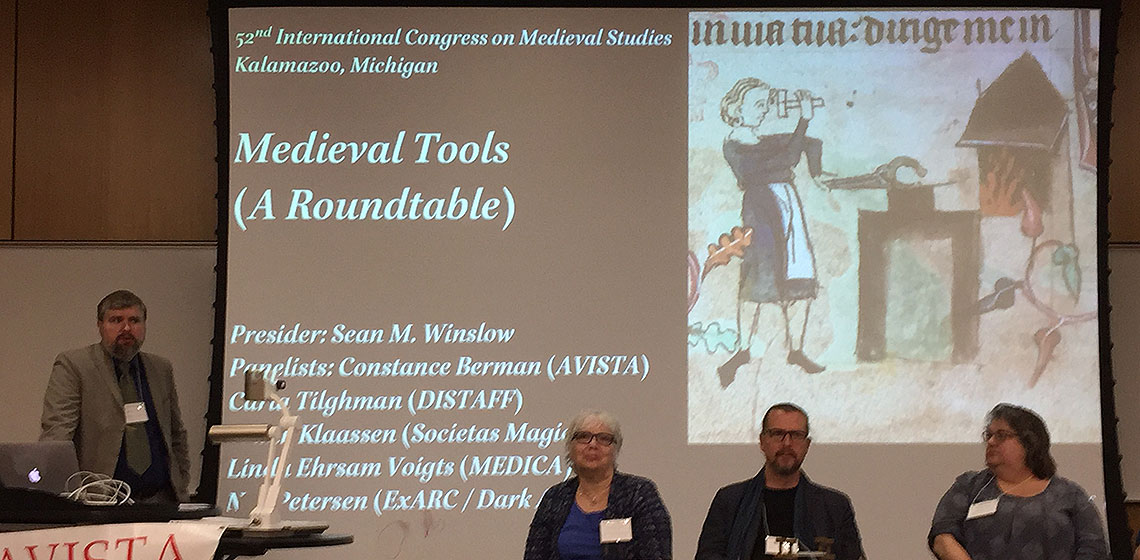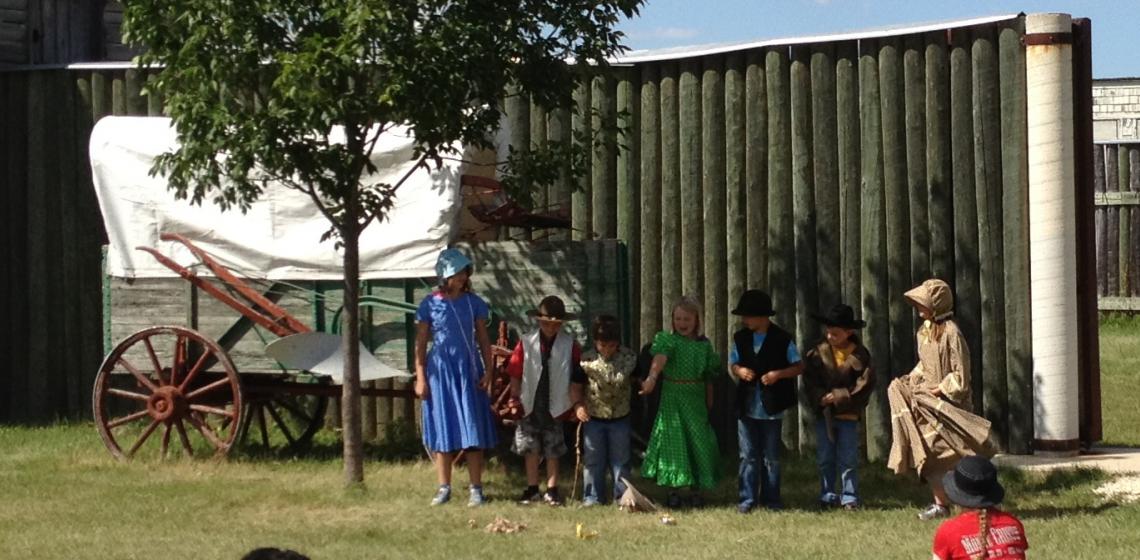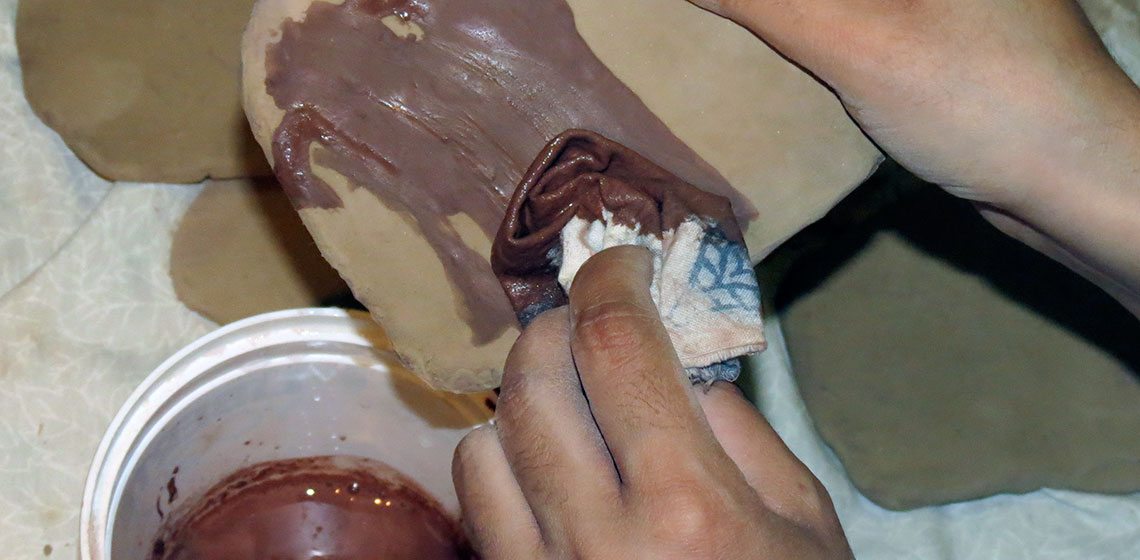Fort Langley National Historic Site (CA)
Fort Langley National Historic Site is a former trading post of the Hudson's Bay Company. Founded in 1827, it was well frequented over the years 1856-1886. This was due to its strategic location on the northern boundary of the Oregon Territory of the U.S. and in the path of the Fraser Canyon Gold Rush. It played a key role in the establishment of the 49th parallel as the international boundary with the U.S. In 1886, Fort Langley ceased to be a company post.
In 1923, the Canadian government designated Fort Langley as a National Historic Site. At this time, the site consisted only of the one original building, the storehouse, and 1-acre of land. From 1931 to 1956, the Native Sons and Daughters of British Columbia operated a museum out of the storehouse. Parks Canada took control of the site in 1955, and a joint Federal-Provincial program reconstructed three buildings in time for the centennial of the founding of British Columbia in 1958.

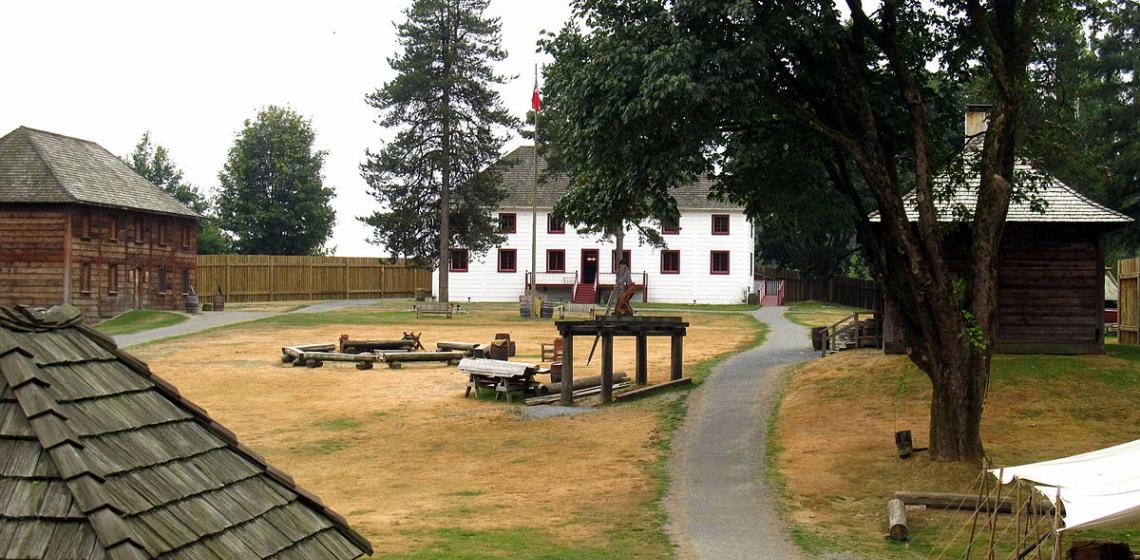
![Image: The Rowand House. Source: By Dylan Kereluk from White Rock, Canada (Flickr) [CC BY 2.0 (http://creativecommons.org/licenses/by/2.0)], via Wikimedia Commons](/sites/default/files/styles/full_size_1140/public/fort_edmonton_cabin_1.jpg?itok=4RkdVJMn)
